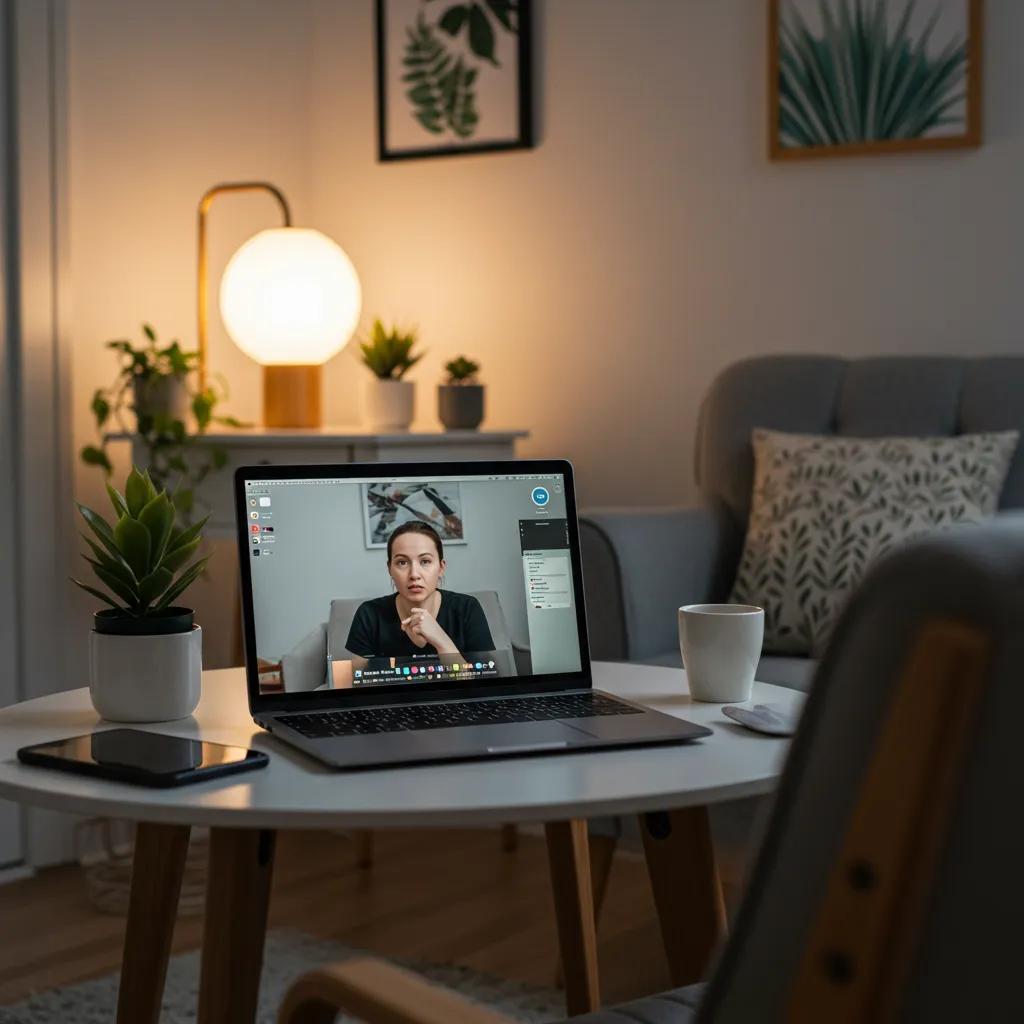

Medical Director, Compassion Recovery Center

Licensed Psychologist (LP), Compassion Recovery Center
Accessibility in recovery means that anyone who needs help for substance abuse or mental health challenges can actually get that help, regardless of where they live, how much money they make, their physical abilities, or their background. It’s about breaking down the walls that stop people from starting their journey toward healing and a healthier life. For too long, high-quality addiction treatment felt out of reach for many, confined to specific locations or carrying a hefty price tag. True accessibility ensures that support is available, understandable, and suitable for everyone seeking it.
The importance of accessibility cannot be overstated. Addiction doesn’t discriminate, affecting people from all walks of life. However, the ability to access effective treatment often does. When help is hard to find or impossible to afford, individuals struggling with substance use disorders are left isolated, increasing their risk of negative health outcomes, damaged relationships, job loss, and legal troubles. Their families and communities suffer alongside them. Making recovery accessible is not just compassionate; it’s a crucial component of public health and community well-being. It empowers individuals to reclaim their lives, strengthens families, and builds healthier, more resilient communities.
This is where virtual treatment, also known as telehealth or remote rehab, steps in as a powerful force for change. Virtual treatment uses technology – like video calls, phone calls, and online platforms – to deliver therapy, counseling, support groups, and even medical consultations remotely. Instead of traveling to a clinic, individuals can connect with licensed professionals and peers from the privacy and comfort of their own homes. This model has rapidly gained traction, proving especially vital in reaching underserved communities – groups who traditionally face significant hurdles in accessing standard, in-person care. By leveraging technology, virtual treatment dismantles many long-standing barriers, opening doors to recovery that were previously closed for countless individuals and families, particularly right here in areas like Orange County, California, where Compassion Recovery Center focuses its remote services.
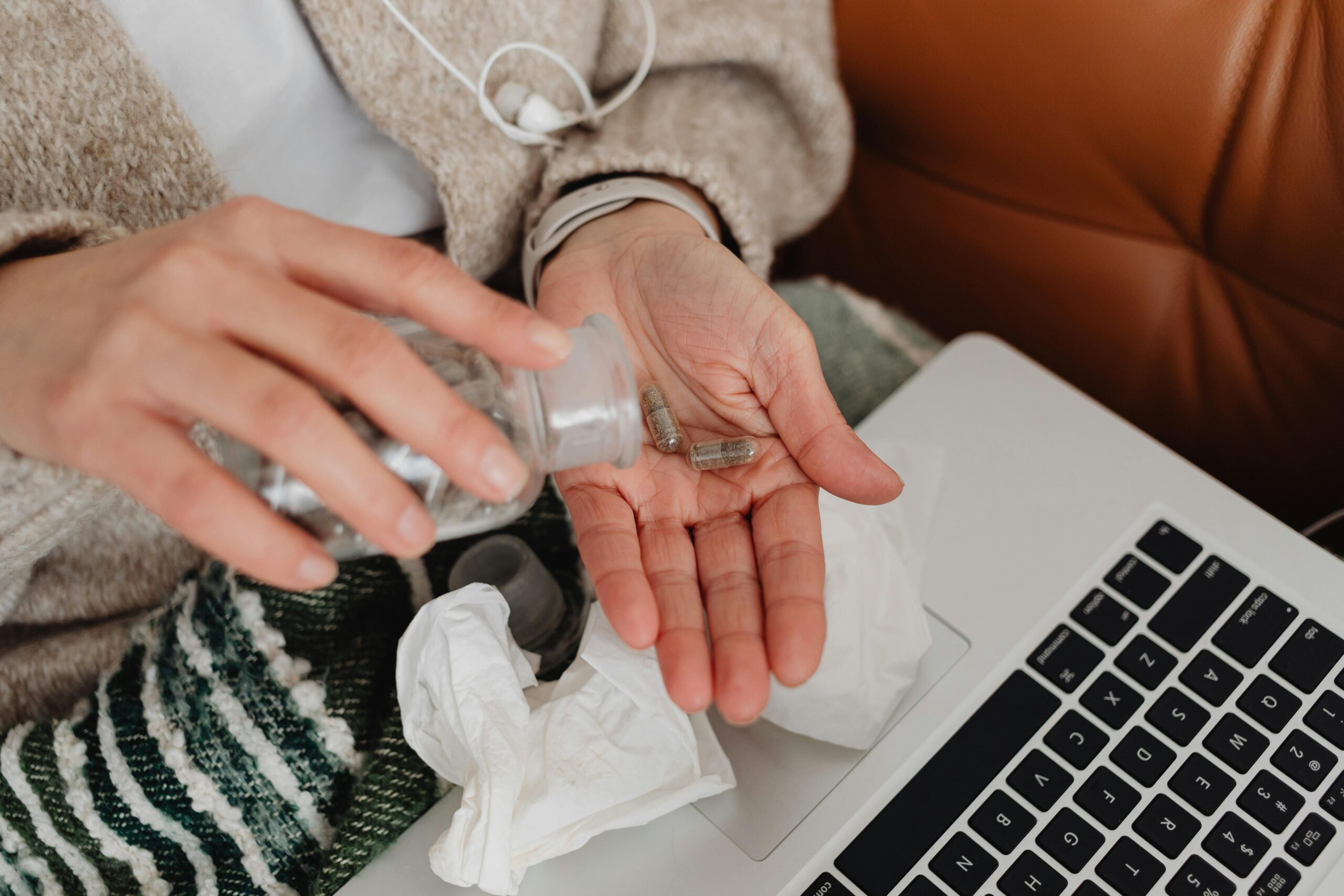
When we talk about “underserved communities” in healthcare, especially concerning addiction and mental health treatment, we’re referring to groups of people who consistently experience greater obstacles in obtaining necessary care compared to the general population. These obstacles can stem from a complex mix of social, economic, geographic, and cultural factors. Identifying these communities is the first step toward understanding why accessible solutions like virtual treatment are so desperately needed.
Who falls into this category? It’s a broad range:
The barriers these communities face are numerous and often interconnected:
Understanding these diverse challenges is critical. It highlights why a one-size-fits-all approach to addiction treatment doesn’t work and underscores the urgent need for innovative solutions like remote IOP and other forms of telehealth addiction treatment that can meet people where they are – literally and figuratively.
The idea of receiving healthcare remotely isn’t entirely new, but its widespread adoption, particularly in behavioral health and addiction recovery, is a more recent phenomenon that has dramatically reshaped the landscape of care. Telehealth, the broader term encompassing virtual treatment, utilizes telecommunications technology – primarily internet-based video conferencing, but also phone calls and secure messaging – to deliver healthcare services from a distance. This shift from traditional, in-person models to flexible, remote options marks a significant evolution in how we approach addiction recovery.
For years, telehealth existed mostly on the fringes, used sporadically for specific consultations or in very remote areas. Technological limitations, regulatory hurdles, and resistance from both providers and patients slowed its growth. Many questioned whether the therapeutic relationship, so crucial in addiction treatment, could truly be fostered through a screen. However, advancements in internet speed and accessibility, the proliferation of smartphones and computers, and the development of secure, HIPAA-compliant platforms gradually laid the groundwork for expansion.
Then came the COVID-19 pandemic in early 2020. Suddenly, face-to-face interactions became a public health risk. Lockdowns, social distancing measures, and overwhelmed healthcare systems forced a rapid and unprecedented pivot towards remote solutions across nearly every industry, including healthcare. Regulatory bodies quickly relaxed certain restrictions on telehealth to ensure continuity of care. Insurance companies expanded coverage for virtual visits. Both providers and patients, initially perhaps hesitant, were compelled to adapt.
This necessity became the catalyst for widespread adoption. Addiction treatment centers, including forward-thinking providers like Compassion Recovery Center, rapidly scaled up their Virtual IOP Program and other telehealth services. Patients discovered the unexpected convenience and comfort of receiving therapy from home. Providers learned to adapt their techniques for the virtual environment, finding that meaningful connections and effective treatment were indeed possible through technology.
What started as a crisis response quickly revealed its long-term value. The benefits that became apparent during the pandemic – increased accessibility, flexibility, and reduced logistical burdens – were precisely the solutions needed to address the long-standing challenges faced by underserved communities. The pandemic effectively normalized telehealth, proving its viability and effectiveness on a massive scale. It accelerated the acceptance of virtual care by years, if not decades, paving the way for it to become a standard, sustainable option for addiction treatment moving forward. This rise means that quality Drug Rehab Programs and Alcohol Rehab Programs are now more accessible than ever before, especially through specialized remote providers focused on areas like Orange County.
Use our quick & easy insurance verification to find out if you’re covered for our centers. We accept all major insurance.
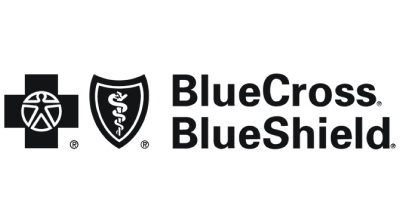


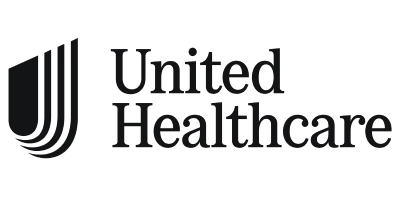

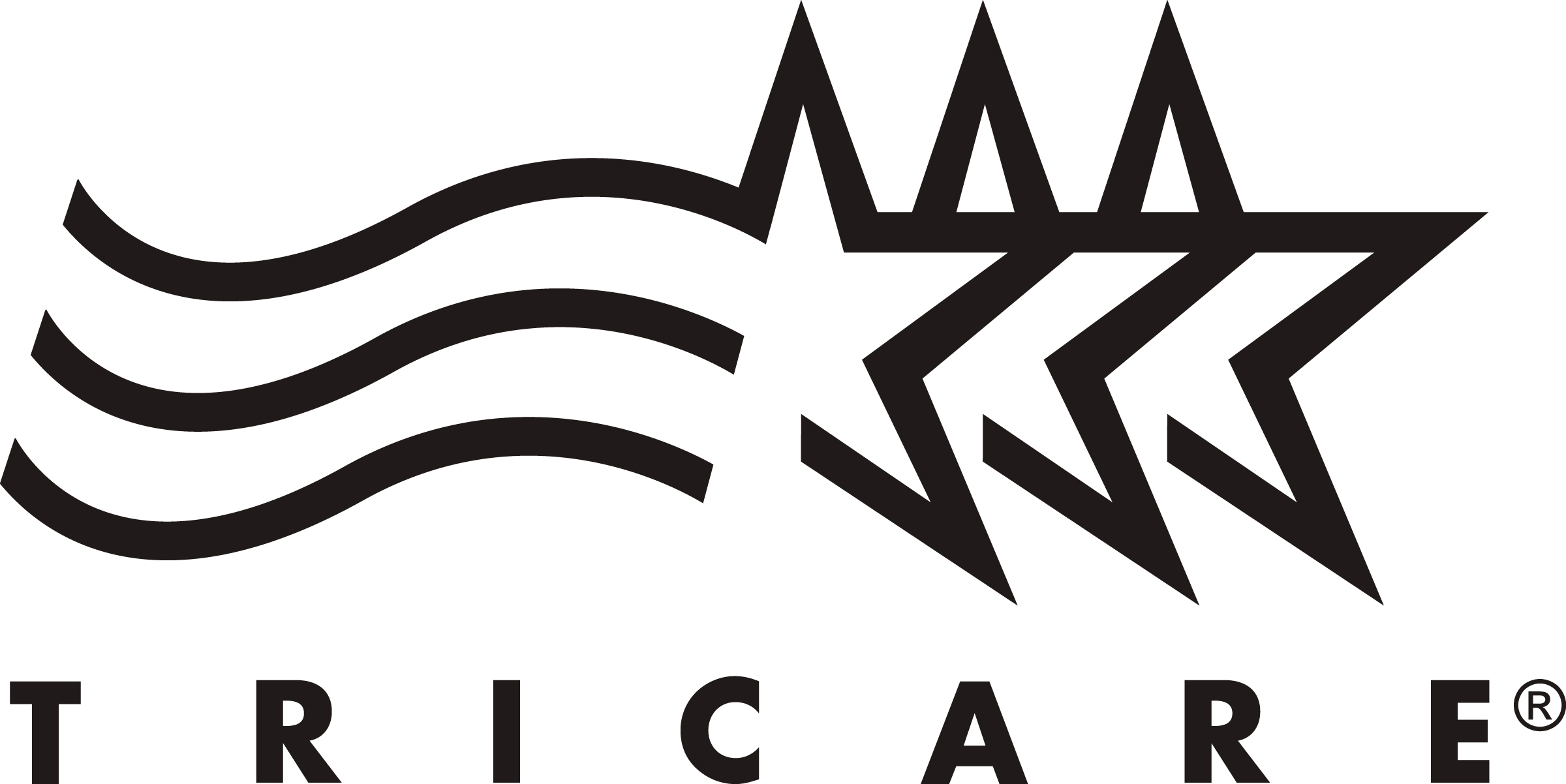
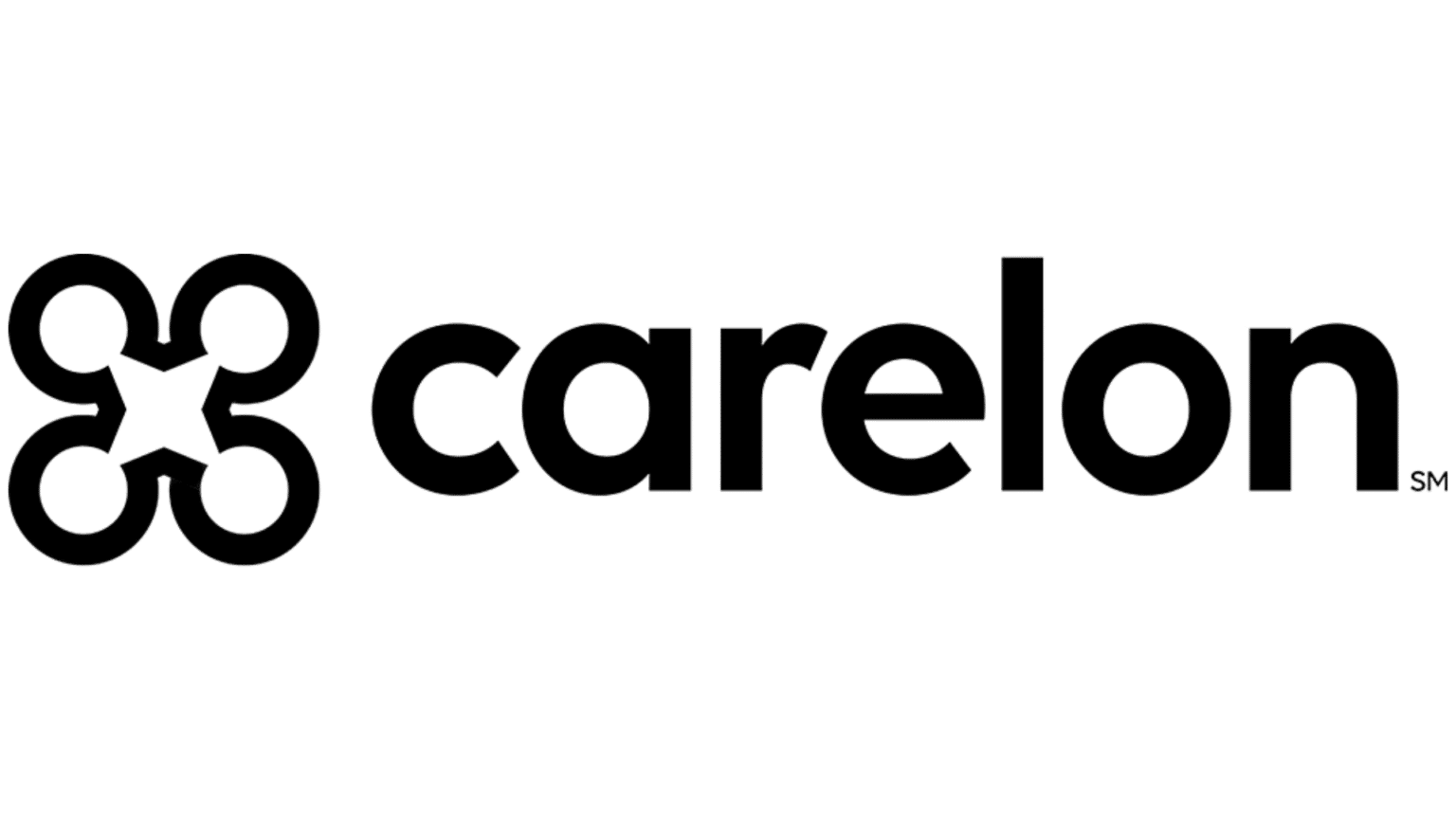


Virtual addiction treatment offers a lifeline to underserved communities by directly addressing the barriers that have historically kept quality care out of reach. The advantages are significant and multi-faceted, fundamentally changing the equation for individuals seeking recovery.
Accessibility: Overcoming Geographical and Logistical Barriers
This is perhaps the most profound benefit. For someone living in a rural area hours away from the nearest treatment center, or even in a dense area like Orange County without reliable transportation, geography is a major obstacle. Virtual treatment eliminates distance as a factor. As long as an individual has a smartphone, tablet, or computer and an internet connection, they can access therapy sessions, group meetings, and consultations from anywhere. This immediately opens doors for rural residents, individuals with mobility issues, and those lacking transportation. Furthermore, it removes logistical hurdles like arranging childcare or taking extended time off work for travel and appointments. Sessions can often be scheduled more flexibly, fitting around existing responsibilities. This makes consistent participation in programs like a remote IOP feasible for people who simply couldn’t manage an in-person equivalent. This increased accessibility is core to the mission of providing effective telehealth addiction treatment.
Affordability: Cost-Effectiveness of Virtual Programs
While the cost of therapy itself may be comparable, virtual treatment significantly reduces the associated expenses that often burden low-income individuals and families. There are no transportation costs (gas, public transit fares, parking). There’s no need to pay for childcare during appointments. Less time off work is required, minimizing lost wages. Additionally, telehealth providers often have lower overhead costs compared to brick-and-mortar facilities (e.g., less rent, fewer utilities), which can sometimes translate into more affordable program fees or allow centers to accept a wider range of insurance plans. Reducing these financial burdens makes treatment a realistic possibility for those who previously saw it as financially unattainable. You can easily explore your options by choosing to verify your insurance online with providers like Compassion Recovery Center.
Flexibility: Adapting to Individual Schedules and Needs
Traditional rehab programs often require rigid schedules, demanding attendance at specific times several days a week. This structure can be impossible for individuals working non-traditional hours, managing multiple jobs, attending school, or caring for family members. Virtual treatment platforms typically offer greater flexibility. Sessions might be available during evenings or weekends. Group therapy can connect individuals across different time zones or schedules. This adaptability allows treatment to fit into a person’s life, rather than requiring them to upend their life entirely to accommodate treatment. This is especially crucial for maintaining employment and family stability while pursuing recovery – key factors for long-term success. An Intensive Outpatient Program (IOP) delivered remotely embodies this flexibility.
Privacy: Reducing Stigma and Increasing Comfort in Seeking Help
Stigma remains a powerful deterrent to seeking addiction treatment. The fear of being seen walking into a known rehab facility, gossip within a small community, or potential repercussions at work can prevent individuals from taking the first step. Virtual treatment offers a significant layer of privacy and anonymity. Individuals can attend sessions from the security of their own home, without anyone needing to know. This can be particularly important in cultures where substance use is heavily stigmatized or for individuals in high-profile positions. Feeling safe and comfortable can lower the barrier to entry, encouraging more people to seek help sooner. This discreet approach empowers individuals to prioritize their health without fearing social or professional fallout, making it easier to get help now.
Collectively, these benefits demonstrate how virtual rehab California providers are fundamentally improving accessibility in recovery, particularly for those who have been historically underserved by traditional healthcare models. It’s about meeting people where they are and removing obstacles to allow healing to begin.
Virtual treatment isn’t just one thing; it encompasses a range of evidence-based therapeutic approaches adapted for remote delivery. This ensures that individuals can receive comprehensive, tailored care that addresses their specific needs, all through telehealth platforms. Here are some key modalities commonly offered virtually:
Intensive Outpatient Programs (IOP) via Telehealth
An Intensive Outpatient Program (IOP) provides structured treatment several hours a day, multiple days a week, but allows clients to live at home. A Virtual IOP Program delivers this same level of care entirely online. Clients participate in individual therapy sessions, group therapy, psychoeducation classes, and skills-building workshops through secure video conferencing platforms. This model offers a significant step down from inpatient care or Partial Hospitalization Program (PHP), or a step up from traditional outpatient therapy, providing substantial support while allowing individuals to maintain work, school, and family commitments. It’s highly effective for those who need more than weekly therapy but don’t require 24/7 supervision. The remote format makes this intensive level of care accessible to people in Orange County and beyond who couldn’t attend an in-person Orange County IOP due to location or scheduling conflicts.
Cognitive Behavioral Therapy (CBT) Online
Cognitive Behavioral Therapy (CBT) is a cornerstone of addiction treatment. It helps individuals identify and change negative thought patterns and behaviors that contribute to substance use. Online CBT therapy is delivered through one-on-one video sessions with a licensed therapist. Therapists guide clients through exercises to recognize triggers, develop coping strategies, challenge unhelpful beliefs, and practice new, healthier behaviors. Worksheets, journaling prompts, and other resources can be shared digitally. CBT translates very well to the virtual format, proving highly effective in treating substance use disorders and co-occurring mental health conditions like anxiety and depression, often addressed in Dual Diagnosis Treatment.
Medication-Assisted Treatment (MAT) Through Virtual Platforms
Medication-Assisted Treatment (MAT) combines FDA-approved medications (like buprenorphine, naltrexone, or methadone for opioid use disorder; or naltrexone, acamprosate, disulfiram for alcohol use disorder) with counseling and behavioral therapies. While the dispensing of certain medications still requires specific protocols, many aspects of MAT can be managed virtually. Initial assessments, follow-up appointments with prescribing clinicians, therapy sessions, and monitoring can often be conducted via telehealth. Prescriptions for some MAT medications can be sent electronically to a local pharmacy. This remote management, sometimes referred to as MAT treatment online, significantly increases access to this life-saving treatment, especially for individuals in areas without local MAT providers or those facing transportation barriers. It’s a critical component for many successful recovery journeys from opioid and alcohol addiction.
Virtual Couples Counseling and Family Therapy
Addiction profoundly impacts relationships. Involving loved ones in the recovery process is often crucial for long-term success. Virtual platforms make couples counseling and family therapy sessions more accessible. Instead of coordinating multiple schedules and traveling to a clinic, family members can join sessions from different locations using their own devices. This allows therapists to address relationship dynamics, improve communication, build support systems, and educate family members about addiction and recovery. Virtual couples counseling rehab helps partners navigate the challenges of recovery together, rebuild trust, and develop healthier ways of interacting. Including family can create a stronger, more informed support network for the individual in treatment.
These modalities, delivered remotely, form the backbone of comprehensive telehealth addiction treatment. They ensure that distance is no longer a barrier to receiving evidence-based, personalized care tailored to the complex needs of individuals struggling with substance use and co-occurring disorders. If you’re unsure which approach is right for you, you can start your free assessment to discuss your situation confidentially.
While virtual treatment offers immense benefits, particularly for accessibility, it’s important to acknowledge its challenges and limitations. Recognizing these helps providers and clients make informed decisions and develop strategies to mitigate potential drawbacks.
Technological Barriers: Access to Devices and Internet Connectivity
The most significant hurdle is the “digital divide.” Virtual treatment relies on access to reliable technology: a smartphone, tablet, or computer with a camera and microphone, and a stable, reasonably fast internet connection. Unfortunately, these are not universally available. Underserved communities, particularly those in deep rural areas or facing extreme poverty, may lack consistent internet access or the financial means to purchase necessary devices. Data plans for mobile devices can be expensive. Lack of digital literacy – comfort and skill in using technology – can also be a barrier, especially for older adults or those with limited exposure to computers. While community centers, libraries, or specific programs might offer resources, inconsistent access remains a primary challenge to truly universal virtual care.
Personal Connection: The Lack of Face-to-Face Interaction
For some individuals, the lack of in-person interaction can feel like a drawback. Building therapeutic rapport – the trust and connection between client and therapist – is vital in recovery. While skilled therapists can certainly build strong connections virtually, some clients may miss the nuances of face-to-face communication, such as subtle body language or the feeling of being physically present in a supportive group setting. Some may find it harder to open up or feel less engaged through a screen. Group therapy dynamics can also differ online compared to in person. Providers utilizing telehealth must be adept at fostering connection and engagement through virtual means, using interactive tools and prioritizing empathetic communication.
Addressing Severe Addiction Cases: When Virtual Treatment May Not Suffice
Virtual treatment, particularly models like Virtual IOP, is highly effective for many individuals. However, it may not be appropriate for everyone, especially those with very severe substance use disorders, unstable living situations, acute medical complications requiring close monitoring, or significant co-occurring mental health crises (like active suicidal ideation). Individuals requiring medical detoxification often need in-person monitoring, although some forms of Outpatient Detox can sometimes be managed with remote support under specific circumstances. Those needing a highly structured, supervised environment might benefit more from traditional residential treatment or a Partial Hospitalization Program (PHP) initially. A thorough assessment process, like the Free Assessment offered by Compassion Recovery Center, is crucial to determine the appropriate level of care and whether virtual treatment is suitable for an individual’s specific situation and severity of addiction.
Privacy and Confidentiality Concerns
While virtual treatment offers privacy from the outside world, ensuring privacy within the home environment can be a challenge. Clients need a private space where they can speak openly without being overheard by family members, roommates, or children. This isn’t always feasible in crowded living situations. Additionally, ensuring the security and HIPAA compliance of the technology platforms used is paramount, requiring diligence from both the provider and the client (e.g., using secure networks, password protection).
Regulatory and Licensing Issues
While regulations were relaxed during the pandemic, navigating state-specific licensing laws for telehealth can still be complex for providers wishing to treat clients across state lines. This can sometimes limit options for individuals seeking specialized care not available from providers licensed in their state.
Acknowledging these challenges doesn’t diminish the value of virtual treatment but highlights the need for ongoing innovation, policy advocacy (to bridge the digital divide), careful client screening, and continuous refinement of virtual care delivery techniques to ensure it is both accessible and effective. It’s about finding the right fit for each individual’s recovery journey. If you have concerns, it’s best to Contact Us to discuss your specific situation.
The theoretical benefits of virtual treatment are compelling, but its real-world effectiveness is what truly matters. Fortunately, a growing body of research and numerous successful implementations demonstrate that telehealth addiction treatment is not just a convenient alternative but a genuinely effective pathway to recovery, especially for underserved populations.
While specific, detailed case studies involving patient data are bound by strict confidentiality laws (HIPAA), we can look at aggregated outcomes and common scenarios observed in practice and reported in research:
Scenario 1: The Rural Resident Overcoming Distance
Imagine an individual living in a remote part of California, far from any specialized addiction treatment centers. They struggle with alcohol use disorder but cannot afford to take weeks off work for inpatient rehab, nor can they manage the daily hours-long commute required for a traditional IOP. Through a virtual IOP program, they connect with therapists and peers multiple times a week from their own home. They receive online CBT therapy to manage cravings and learn coping skills. They might also have virtual check-ins with a provider managing MAT medication prescribed remotely and filled at their local pharmacy. This individual maintains their job, stays connected with their local support system, and achieves sustained sobriety – something that would have been nearly impossible without the accessibility of virtual care.
Scenario 2: The Single Parent Balancing Recovery and Family
Consider a single mother in Orange County working a demanding job and solely responsible for childcare. She recognizes her need for help with prescription drug misuse but cannot fathom fitting traditional treatment into her packed schedule. Attending virtual evening therapy sessions after her child is asleep becomes feasible. Participating in online support groups connects her with other parents facing similar challenges. The flexibility and elimination of travel time allow her to engage consistently in treatment without disrupting her essential roles as a parent and employee. This consistent engagement, facilitated by telehealth, supports her recovery journey while preserving family stability.
Scenario 3: Overcoming Stigma in a Small Community
Think of someone living in a close-knit community where everyone knows each other, and the stigma associated with addiction is high. They fear judgment and professional repercussions if seen at a local clinic. Accessing remote drug rehab Orange County services allows them to receive high-quality care with complete discretion. They attend individual and group therapy sessions online, ensuring their privacy is maintained. This anonymity empowers them to seek help they otherwise would have avoided, initiating their path to recovery without fear of social consequences.
Research Findings on Effectiveness:
Beyond these illustrative scenarios, formal research increasingly supports the efficacy of virtual addiction treatment:
These real-world outcomes and research findings paint a clear picture: virtual treatment is a valid, effective, and often preferred method for delivering addiction care. For underserved communities, it’s not just an alternative; it’s often the only viable way to access the life-changing support they need. Compassion Recovery Center leverages these proven methods to deliver impactful telehealth addiction treatment, helping individuals build foundations for lasting recovery regardless of their circumstances.
At Compassion Recovery Center, we understand the profound impact that accessibility has on an individual’s ability to seek and sustain recovery from addiction and co-occurring mental health disorders. Our entire model is built around leveraging the power of telehealth to break down barriers and bring high-quality, evidence-based care directly to those who need it, with a primary focus on serving the diverse communities within Orange County, California.
Overview of Services: Flexible, Remote, Comprehensive Care
We specialize in providing addiction treatment remotely, offering a continuum of care designed to meet individuals at various stages of their recovery journey. Our core offerings include:
Addressing the Needs of Underserved Communities in Orange County
Our commitment to accessibility in recovery directly translates into how we serve Orange County residents who might otherwise be considered underserved:
Compassion Recovery Center is more than just a treatment provider; we are dedicated partners in recovery, committed to making healing accessible. We believe that everyone deserves the chance to overcome addiction, and our telehealth model is designed to remove the barriers that stand in the way. We invite you to reach out today to learn more about our programs or to begin your journey with a confidential Free Assessment.
The rapid rise and successful implementation of virtual addiction treatment signal not just a temporary shift, but a lasting transformation in how recovery services are delivered. The future of virtual treatment looks bright, promising even greater accessibility, personalization, and effectiveness, particularly for reaching underserved communities.
Innovations and Technological Advancements
Technology continues to evolve at a breakneck pace, and these advancements are poised to further enhance virtual care:
Expanding Services to More Underserved Areas
The proven success of virtual treatment creates a strong case for its expansion:
The future likely involves a hybrid approach, where virtual treatment and in-person care coexist and complement each other. Virtual care will continue to be the primary access point for many, especially those in underserved communities, offering unprecedented flexibility and reach. Providers like Compassion Recovery Center are at the forefront of this evolution, continuously refining our telehealth addiction treatment methods to ensure we are providing the most effective, accessible, and compassionate care possible. The potential to dramatically reduce treatment gaps and bring recovery within reach for millions more people is immense, making this an exciting and hopeful time for the field of addiction medicine.
The journey to recovery from addiction is deeply personal, often challenging, but ultimately hopeful. For far too long, however, the path itself was blocked for many due to significant barriers – distance, cost, inflexible schedules, and the pervasive weight of stigma. Accessibility in recovery isn’t just a desirable feature; it’s a fundamental requirement for equitable healthcare and community well-being. Everyone who struggles with substance use deserves a fair chance to heal and rebuild their life.
Virtual treatment has emerged as a transformative force, directly dismantling many of these long-standing obstacles. By leveraging technology, providers like Compassion Recovery Center can deliver high-quality, evidence-based care – including Virtual IOP, online CBT therapy, MAT support, and family counseling – directly into the homes of individuals, regardless of their location or circumstances. This is particularly crucial for underserved communities in areas like Orange County and beyond, groups who have historically faced the greatest challenges in accessing traditional care.
The benefits are clear: enhanced geographic accessibility, reduced financial burdens, greater scheduling flexibility, and increased privacy. While challenges like the digital divide remain, the proven effectiveness and ongoing innovations in telehealth offer immense promise for the future. Virtual treatment is not merely a temporary fix or a lesser substitute; it is a powerful, legitimate, and often preferred pathway to lasting recovery for many.
If you or a loved one are struggling with substance abuse, know that help is more accessible than ever before. Don’t let perceived barriers hold you back any longer. Consider the possibilities that virtual treatment offers. Compassion Recovery Center is here to provide compassionate, confidential, and effective remote care tailored to your unique needs. We encourage you to explore treatment options on our site, verify your insurance online, or take the courageous first step by choosing to get help for substance abuse. Your recovery journey can begin today, from wherever you are. Start your free assessment now and discover how accessible recovery can be.
Researchers and doctors are making exciting progress in understanding mental health and addiction—bringing hope to millions.
Genetics can play a part, but they don’t decide your future. Mental health is shaped by many factors, and healing is always possible.
The right treatment often includes a mix of therapy, medication, and compassionate care—tailored just for you.
We are 100% in Network Provider. Most of our clients pay $0 out of pocket.



